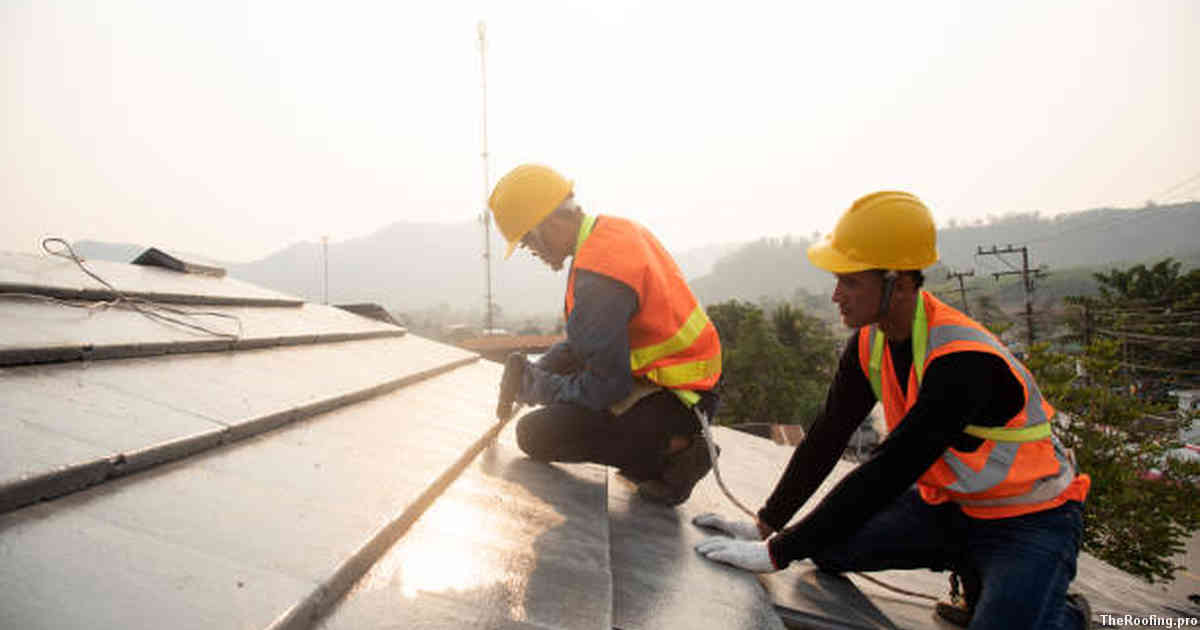
Exploring different roof styles can be a great way to make your home stand out. One of the most unique roofing options is Dutch gable roofs, which combine both sloped and flat elements for a distinct look that is sure to turn heads.
Contents:
A Dutch gable roof consists of two sides with steeply pitched slopes that meet at a point in the middle. This type of roof offers more headroom than traditional single-slope designs while still providing ample protection from weather and snow accumulation during winter months. The slope angles can vary depending on the style chosen, but typically range from 35° to 45° on each side. There are also variations such as half-gables or even quarter-gables if you’re looking for something more subtle yet still unique.
The defining feature of Dutch gable roofs is their distinctive shape – they have an A-frame profile with wide eaves along either side and usually incorporate decorative trim or molding along the top edge where the two sides join together in an apex point. This trim adds visual interest while creating depth and dimension to the overall design, making it stand out among other types of roofs.
In terms of material choice, this type of roof works well with almost any option including asphalt shingle, metal sheeting, slate tiles or wood shakes/shingles – all offering various levels of durability depending on what you need for your particular climate conditions or desired aesthetic appeal. Whichever material you decide upon will depend largely on budget considerations as well as local building regulations so be sure to research thoroughly before committing to one option over another. (But certainly not least!), Dutch gable roofs are often seen as being slightly higher maintenance than other types due to their intricate construction; however this doesn’t necessarily mean that it should put you off choosing them – regular inspection by a qualified professional will ensure any potential problems are identified early before they become costly issues down the line.
Introduction to Dutch Gable Roofs
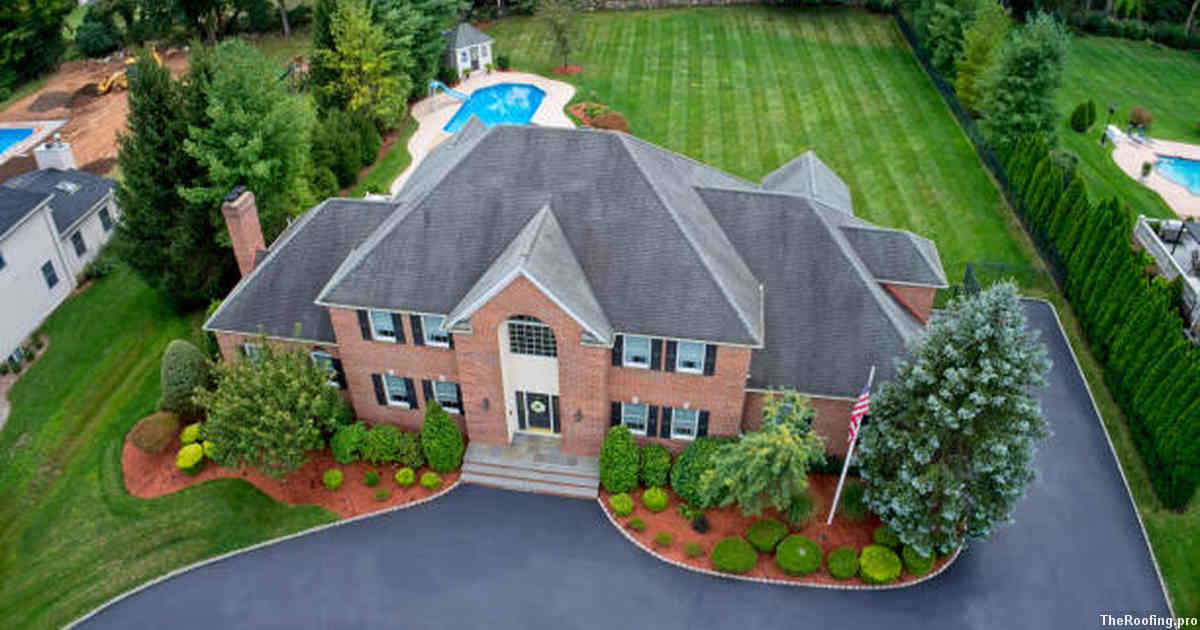
Dutch gable roofs are an interesting and unique style of roof that can add a great deal of character to any home. These roofs are also sometimes referred to as ‘gambrel’ or ‘barn-style’ roofs, due to their distinctive shape. This type of roof is characterized by two sloping planes with the lower plane being steeper than the upper one, creating a triangular section in the middle known as a Dutch gable.
The most popular use for Dutch gable roofs is in homes with colonial-style architecture, although they can be used on other types of buildings too. They offer many benefits over traditional pitched or flat roofs, such as increased air flow which helps keep your home cooler during summer months and improved drainage capabilities which help protect against water damage from heavy rainfalls. These roofs often come with additional features like decorative dormers or cupolas which add aesthetic appeal and extra space for storage inside your attic.
Installing dutch gables onto existing structures can be relatively easy when compared to constructing other more complicated roof styles – making them an ideal option for homeowners who want quick results without having to go through extensive construction work on their property.
Unique Characteristics of Dutch Gables

Dutch gable roofs have a unique look that distinguishes them from other roof styles. With two slopes on each side of the ridge, they are often used to add character and charm to homes. The design can be traced back centuries ago in Holland, where it was initially used for farmhouses.
This style of roof is known for its distinct features such as steep angles and an extended portion at the top called a “gable”. This feature provides extra height and creates a striking silhouette against the sky. Dutch gables allow more natural light into the home due to their higher pitch angle which also helps with ventilation during hot summer months.
One advantage of having this type of roof is that it’s relatively easy to install compared to other styles like hip or mansard roofs which require additional framing work and materials. Dutch gables offer homeowners a great way to give their homes an eye-catching yet timeless appearance without breaking their budget.
Benefits of a Dutch Gable Roof
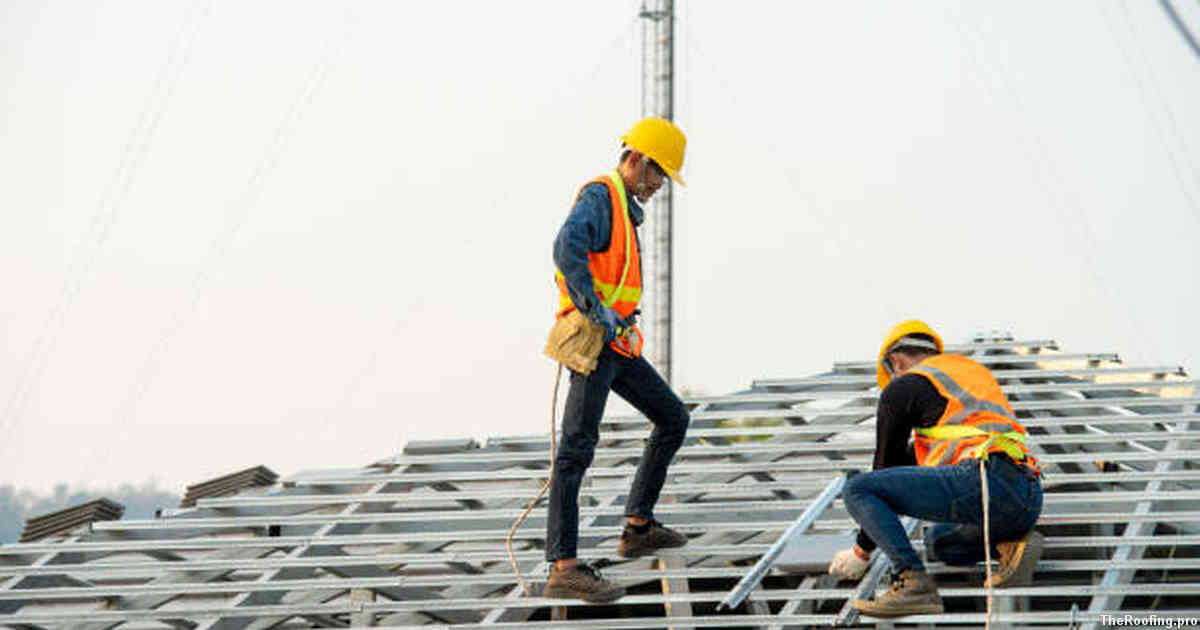
A dutch gable roof, also known as a “Dutch hip” or “Flemish Hip”, is an attractive and practical choice for any home. This type of roof has two sloping sides that come together at the ridge line. The sides are joined with a gable-like design, which gives it its unique look and name.
The most notable benefit of a dutch gable roof is its durability. With strong construction materials like metal, tile or slate being used to construct this style of roofing system, you can be sure that your investment will last for many years to come. The sloped shape helps shed rainwater more efficiently than flat roofs do. This makes them ideal in areas where heavy rainfall occurs frequently throughout the year.
Another great advantage of having a dutch gable roof is increased energy efficiency due to improved insulation properties compared to other types of roofs. Not only does this help reduce monthly energy bills but it also keeps interior temperatures comfortable all year round – something everyone wants. Since they provide greater protection against wind damage than regular flat roofs do they offer peace-of-mind when bad weather strikes unexpectedly too!
Materials Used in Construction
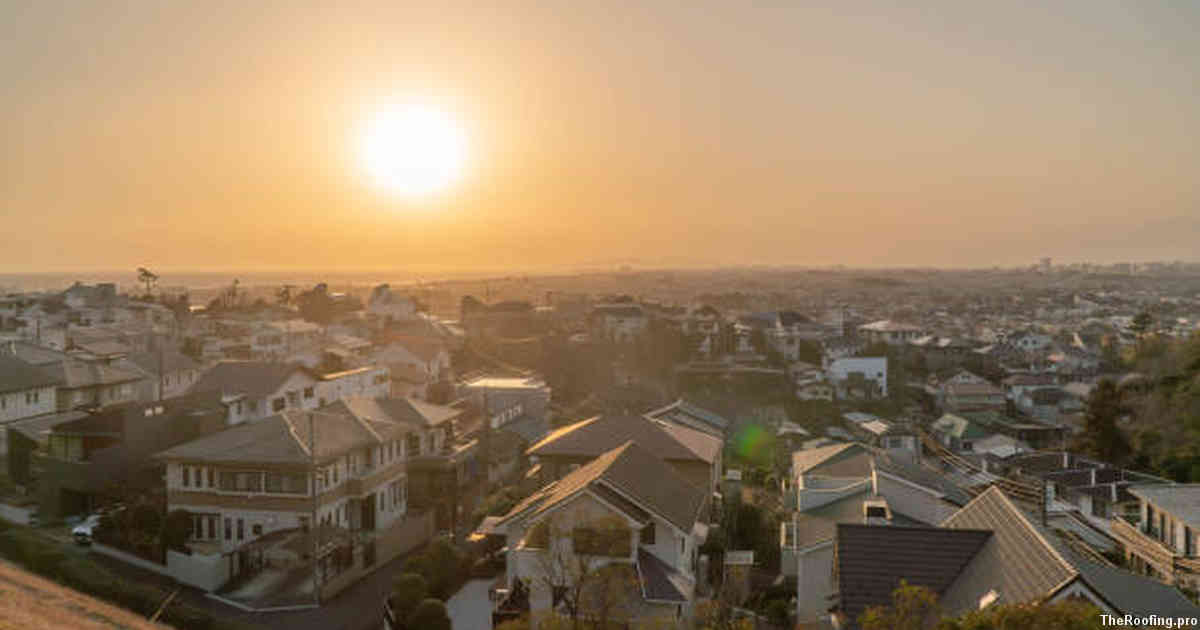
When exploring the different roof styles available, one must consider the materials used in construction. Dutch gable roofs are typically made from durable materials such as clay tiles or slate, making them a great choice for areas with extreme weather conditions. Metal is also a popular material of choice for dutch gable roofs because it provides added protection against strong winds and heavy rain.
In addition to being durable and resistant to harsh elements, clay tile and slate offer an attractive aesthetic when used on dutch gable roofs due to their traditional look. Metal can also be painted in various colors so that homeowners can customize their dutch gable roof’s appearance depending on their personal preferences. No matter which material is chosen for a dutch gable roof installation, it will provide long-lasting protection while adding character to any home’s exterior design.
Design Considerations for Dutch Gables
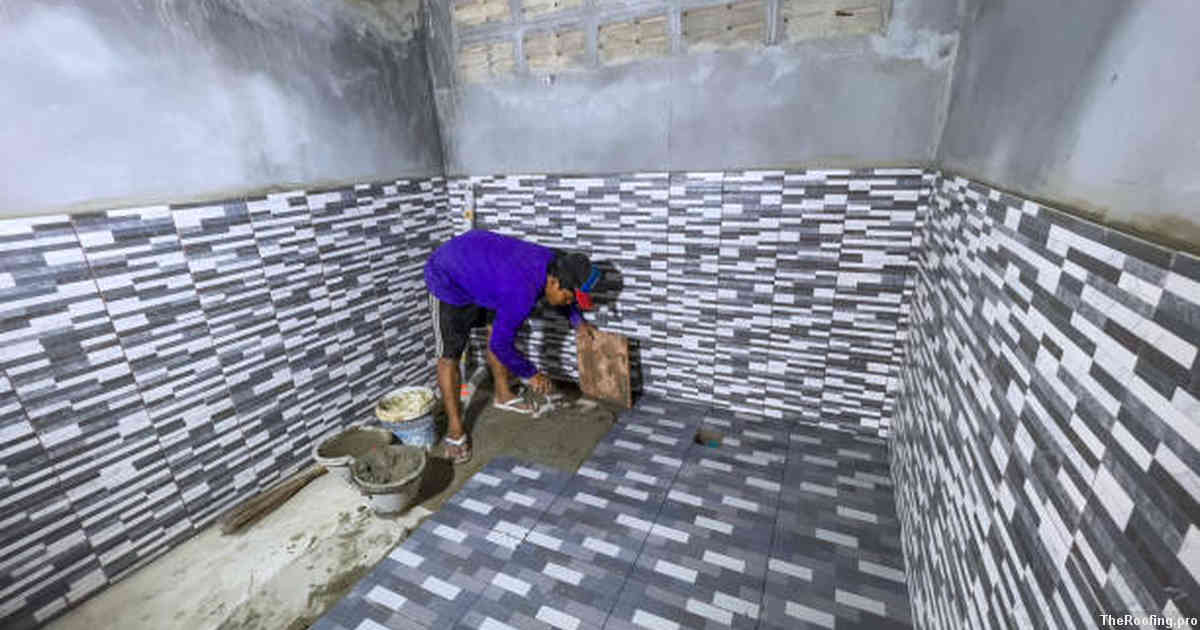
When building a home, there are many decisions to be made. One of the most important is choosing an appropriate roof style for your home. Dutch gable roofs can offer a unique and attractive look for any home, making them an excellent choice when you want to stand out from the crowd.
In order to make sure that your dutch gable roof looks its best and functions properly, it’s important to consider all aspects of its design carefully. The size of the roof should match up with the rest of the house in terms of both aesthetics and practicality; if you opt for too large or too small a size, it may end up looking out of place or not providing enough protection from inclement weather conditions. Pay attention to how much pitch is given to each side – this will affect how well water drains off during storms as well as how steeply-pitched your rooftop appears from outside views. Make sure that the materials used are suitable for outdoor exposure; otherwise they could deteriorate quickly due to rain and other environmental factors.
Dutch gables can provide an eye-catching addition to any property while offering plenty of benefits in terms of functionality and longevity. With careful consideration during their design phase however, these roofs can be even more impressive than originally planned.
Challenges with Installing Dutch Gables
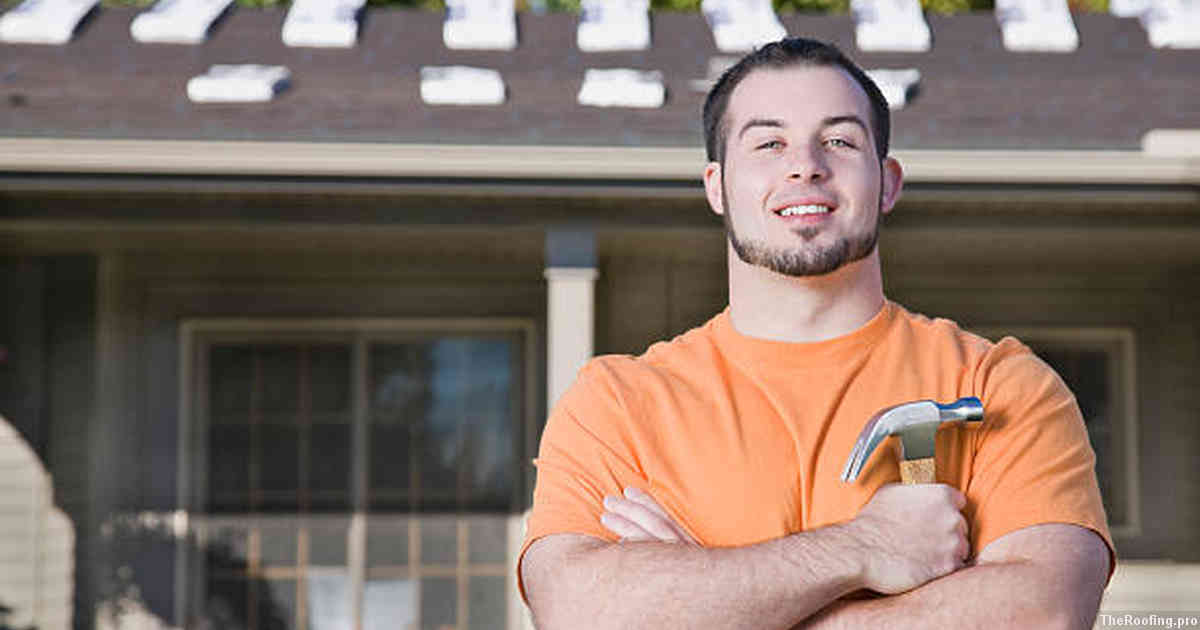
Installing dutch gable roofs can be a challenge for the average homeowner. This type of roof has two different sloping sides, which meet in the middle to form an inverted ‘V’ shape. Dutch gables are often used to provide extra living space in attics or lofts, as they allow more headroom than traditional pitched roofs. However, their complex design and construction requirements mean that they require professional installation by experienced tradespeople.
When building a dutch gable roof, it is important to make sure that all measurements are exact so that it fits perfectly into place. Care must be taken when attaching the ridge beam between each side of the roof since this forms the point at which both slopes meet. It is also essential that waterproofing measures such as flashing and sealant are applied correctly in order to ensure there will not be any leaks once the project is complete.
In addition to ensuring precision with regards to size and waterproofing techniques, it is important for installers working on dutch gables roofs have experience using specialised tools like circular saws and angle grinders required for cutting wood panels accurately along curved lines. As such, installing this kind of roof requires skill and knowledge far beyond basic DIY projects like putting up wallpaper or painting walls; therefore choosing reputable tradespeople with expertise in this area is crucial if you want your new roof structure done properly.
Cost Estimates for Installation
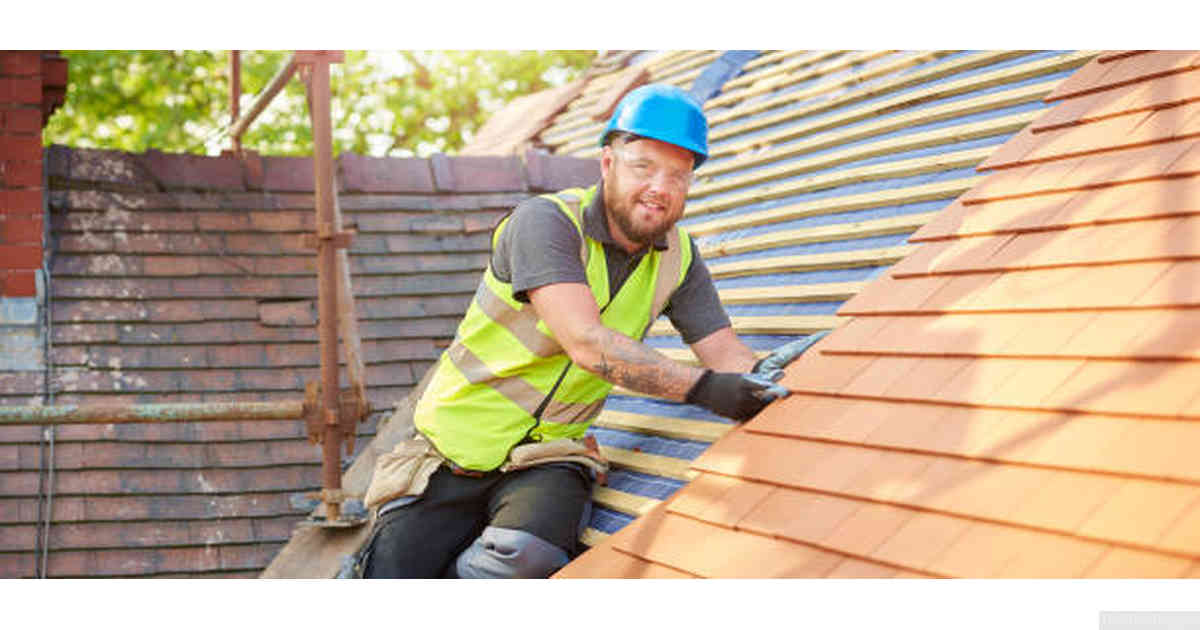
If you are considering a dutch gable roof for your home, one of the main things that you will need to consider is cost. On average, the installation of a dutch gable roof can range from $3-$7 per square foot depending on the size and complexity of the project. This estimate includes labor and materials but does not include any additional features such as flashing or skylights. The cost may also vary based on location due to local labor costs and availability of materials in your area.
It’s important to note that these estimates do not factor in any potential repairs that may be necessary once installation is complete. If there are existing problems with the roof structure or if any damage has been caused by weather conditions, this can significantly increase the total cost of installation. It’s always recommended to get multiple quotes from different contractors so you can compare prices before making a final decision about who should install your new dutch gable roof.
Maintenance Requirements for Dutch Gables
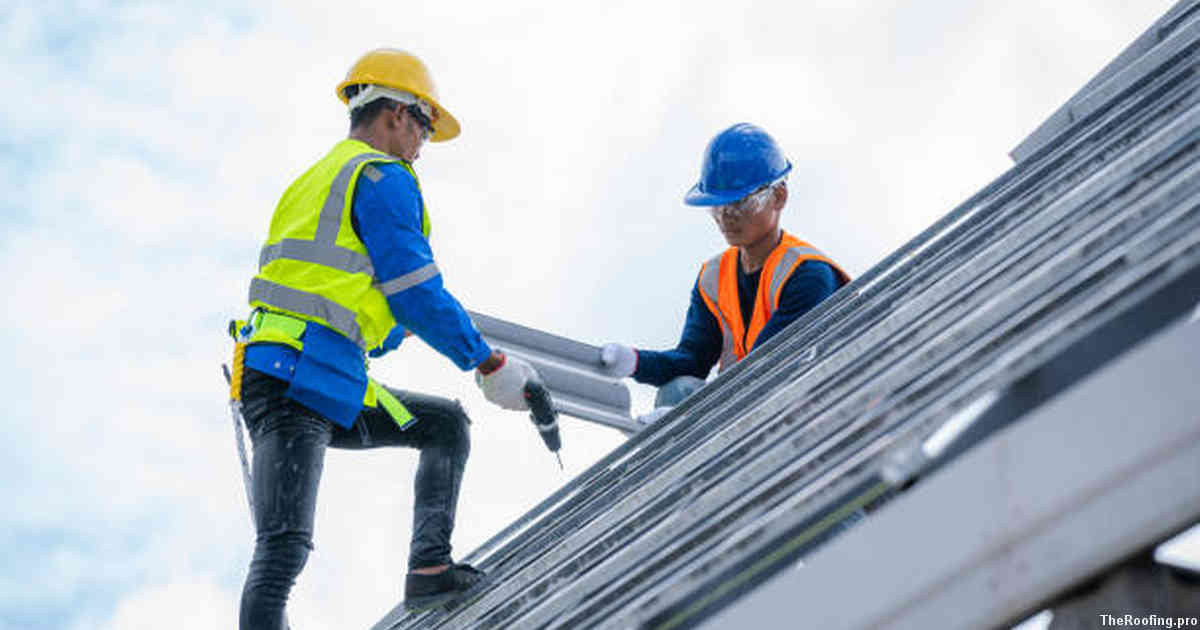
The maintenance requirements for dutch gable roofs are not overly intensive, but it is important to take preventative measures to ensure that your roof remains in good condition. An annual inspection of the shingles and flashing should be performed to make sure there are no weak spots or signs of damage. If you find any issues during this checkup, they should be addressed immediately.
It is also important to keep an eye on the caulking around windows and other openings in the roof as well as checking for moss or algae growth periodically. Moss can cause moisture buildup which could lead to wood rot and eventual structural damage if left unchecked. A professional can help you determine what kind of treatment would be best suited for your particular roof type and climate conditions.
Trimming back tree branches near the roof can help reduce debris buildup that may accumulate over time due to wind gusts or storms. This debris accumulation can add unnecessary weight onto your roof structure so keeping those trees trimmed back will minimize potential problems down the road.